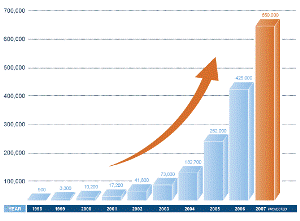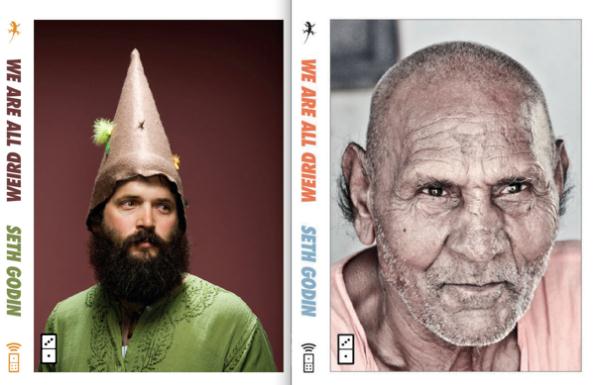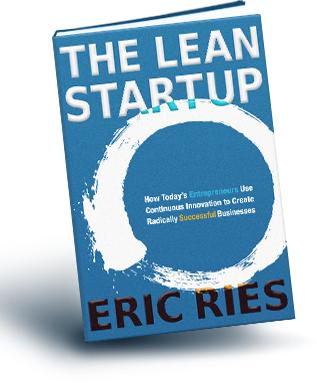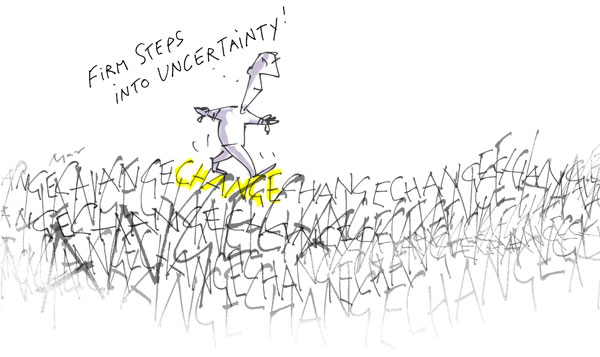Take 6mins and watch this video of the Quirky manifesto – one of the most enlightening videos on the Fourth Revolution’s process and possibilities:
Quirky Manifesto from Quirky on Vimeo.
Quirky is a successful startup that thrives on social invention. Inventions are sorted out by the crowd, and if selected, inventors get royalties… and not just inventors: those that were influential in the later development of the idea, the name, the tagline or the color too!!
The development of this startup is astounding. Launched in 2009 it now launches 2 new products per week.. and they have paid millions to inventors and contributors. More information on this post by Mitch Joel.
Quirky now gets full attention: Quirky just raised $68 million and the attention of highly influential venture capitalists.
Think about it: a startup which is collecting ideas from anybody, put them to proof and vote, builds them, compensates all the crowd that was influential in producing the product… and unleashes the inventiveness of the world.
The Fourth Revolution has not finished to astonish us!









